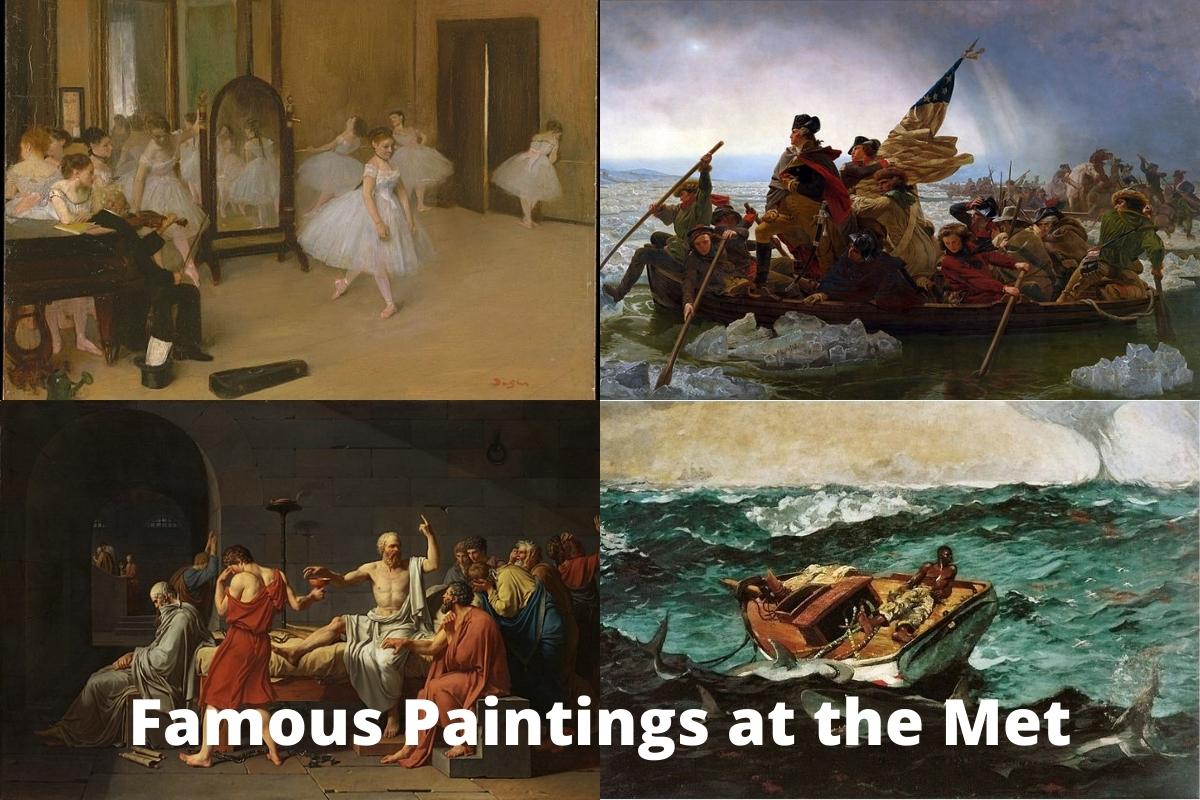One of the most famous art museums in the United States is New York City’s Metropolitan Museum of Art, which is known in the art community as “the Met.”
It was established in 1870 and has exhibited some of the greatest pieces of artwork in human history since that time. Some of the most famous paintings at the Met are among the world’s best and it’s this reason why the museum is one of the top destinations in the country.
In this article, we’ll explore our selections for 10 of the most famous paintings at the Met, as well as some of the information regarding the artists behind these works.
Famous Paintings at the Met
1. Washington Crossing the Delaware – Emanuel Leutze
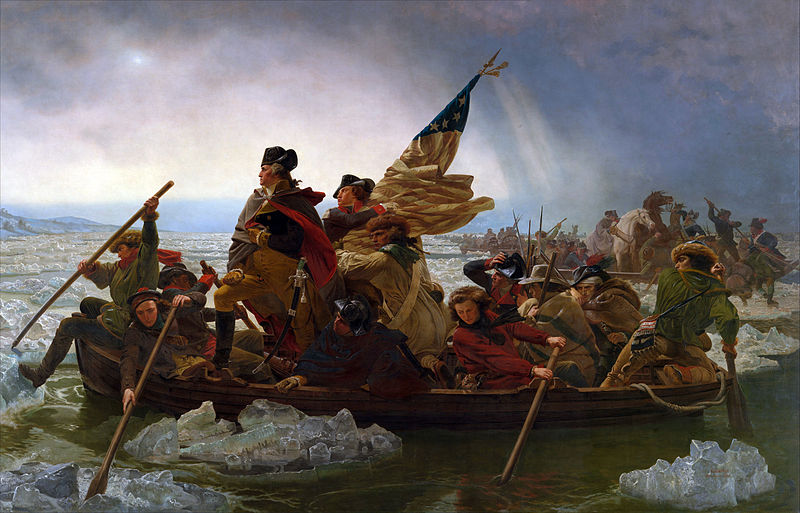
Emanuel Leutze was a German-born artist who would later become one of the most vaunted painters in American history.
He was well known for his ability to capture political events and other notable happenings in his works, which are described by most critics and scholars as adhering to the Classical style.
One of Leutze’s paintings is a work that scholars point to as being the greatest in American history. The painting is titled Washington Crossing the Delaware and was done in 1851 to commemorate one of the most pivotal moments in the American Revolution.
Also Read: Museums in New York
Leutze’s painting depicts the passage of General George Washington and the ragtag American army across the Delaware River in small boats.
The real crossing of the Delaware event took place in the middle of the night under the cover of darkness. Despite the painting being considered a symbol of patriotic American value, it contains aspects that are not congruent with reality.
One such item is the fact that Washington and Lieutenant James Monroe are standing in the already overloaded boat, which would almost certainly cause such a small vessel to capsize.
2. The Death of Socrates – Jacques-Louis David
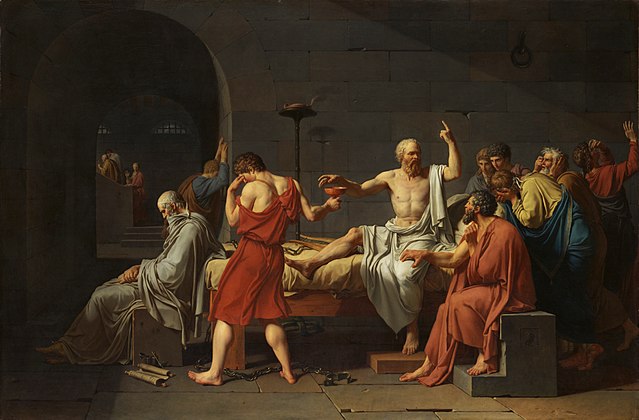
French painter Jacques-Louis David was a well known artist and political activist in the early-to-mid 19th century. Many of his paintings were done in the Neoclassical style and his works usually centered around historical fiction or Greek and Roman mythology.
Also Read: Museum vs Gallery
The Met is home to one of the artist’s paintings that critics view as David’s greatest. The work is titled The Death of Socrates and was done in 1787 at the very beginning of his career when many other artists in Paris and throughout Europe were focused on ancient Greek and Rome.
The painting is filled with symbolism as David signed the work just below the figure of Plato, which was meant to emphasize the fact that the story behind the scene came from Plato himself.
3. The Musicians – Caravaggio
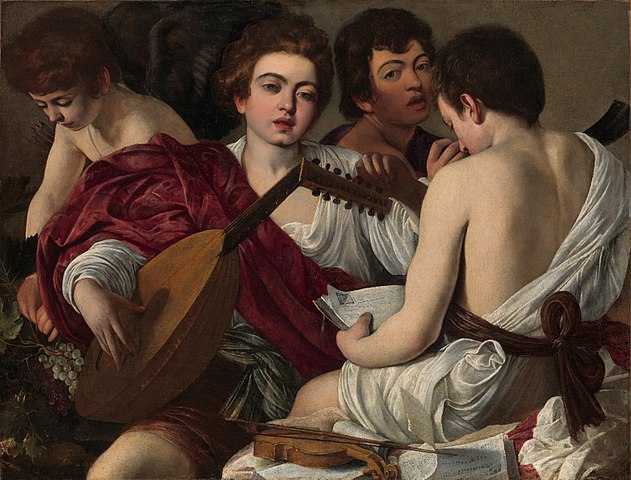
Michelangelo Merisi (Michele Angelo Merigi or Amerighi) da Caravaggio is remembered as one of the more controversial painters from the Italian Renaissance era, but his paintings are among the greatest of any artist from the 16th and early 17th centuries.
One of the most visited paintings in New York City’s the Met museum is Caravaggio’s work titled The Musicians.
This 1595 painting is one of the artist’s earliest from his short career and is known for Caravaggio’s masterful use of light and dark—even in his early works.
Also Read: Famous Paintings at the Moma
The painting is somewhat similar to others done at this same era by Italian painters as it includes a group of musicians at play.
What’s distinct about this work is that it is believed to be Caravaggio’s first painting and it was dedicated to Cardinal Francesco Maria Del Monte.
4. The Gulf Stream – Winslow Homer
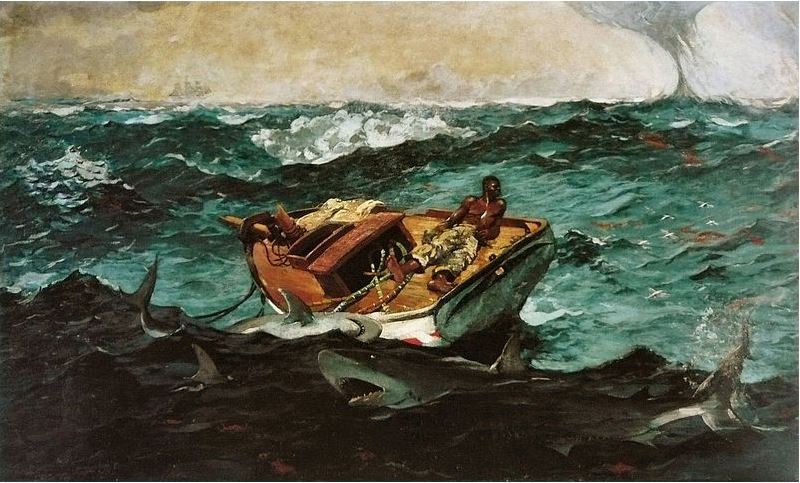
Winslow Homer is one of the most famous American artists from the late 19th century and was well known for his paintings done in the Realism movement.
Many of his works centered around some of the common activities that people took part in during the mid-1800’s and he was known to have created a number of maritime paintings that involved fishing vessels and small boats.
One of the artist’s works that critics and scholars consider to be among Homer’s greatest is titled The Gulf Stream. This painting was done in 1899 at a time when steam-powered boats were beginning to dominate the seas for various fishing communities and other industries.
This painting from Homer displays the ocean’s power and unpredictability as the man in the boat is being tossed about on the waves aimlessly.
There are various theories as to exactly what Homer’s intention was in this painting, but critics disagree on the matter. The Gulf Stream remains one of the most sought-after paintings at the Met since it was first exhibited there in 1906.
5. Woman with a Parrot – Gustave Courbet
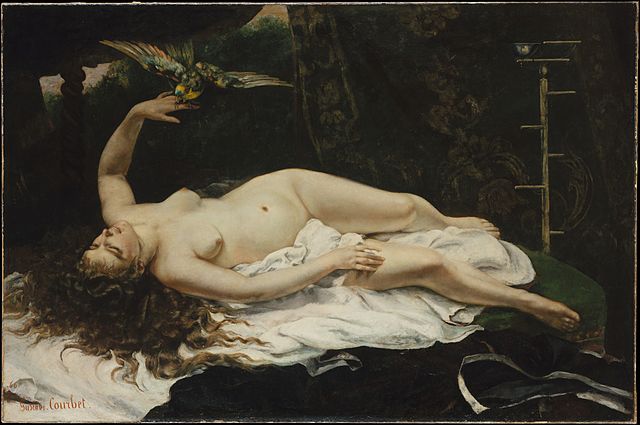
Jean Désiré Gustave Courbet is remembered as one of the more eccentric French artists from the 19th century and many of his works center around Realism portraits and settings.
Courbet was especially adept at creating art which expressed the female form in a variety of different poses, with one such work being another famous painting now housed in the Met.
The painting’s title is Woman with a Parrot and was completed in 1866. This work depicts a nude woman reclining back on a bed with a parrot lighting on her hand.
What made this painting so unique compared to the many other Realism works which involved the nude female form was the distinct lighting and the angle with which the woman is displayed.
6. The Dancing Class – Edgar Degas
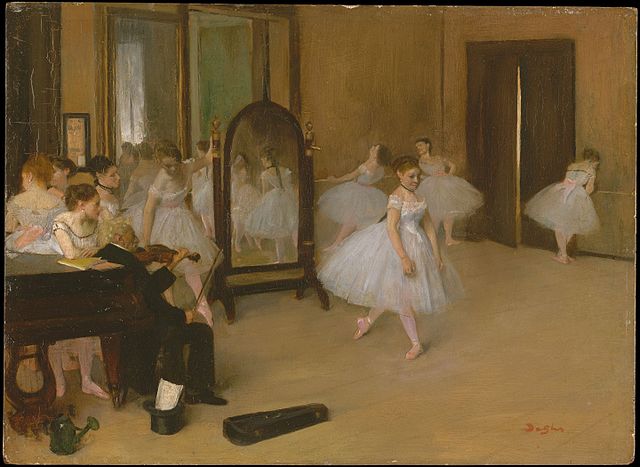
Edgar Degas was one of the most famous French Impressionist artists who often worked in pastel drawings and oil paintings.
He often centered his works around various forms of leisure and critics point to his works which depict ballet and dancing as some of his most influential.
One of Degas most famous paintings now resides at the Met. The work is titled The Dancing Class and was finished in 1870 at the beginning of the artist’s career.
The painting is one that depicts a dancing class from the Paris Opera, but it is the unique lighting and color which causes scholar to consider it a masterpiece.
7. The Harvesters – Pieter Bruegel the Elder
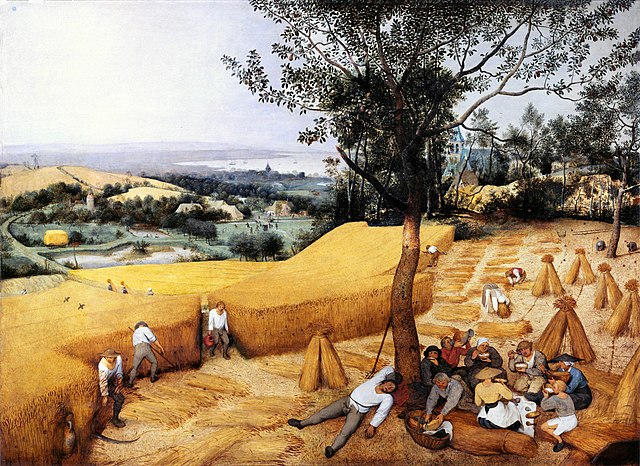
Historians consider Pieter Bruegel the Elder to be the most famous figure from the Dutch and Flemish Renaissance, which involved a number of talented and notable artists.
Many of Bruegel’s works portray people at work or involved in various tasks that they were made to carry out during a time when parts of Europe were emerging from the famine or disease.
The Met is home to one of Bruegel’s paintings that critics and historians point to as being the artist’s most celebrated paintings of his career.
Finished in 1565, the painting is titled The Harvesters, and features a group of men working in a field to harvest the grain while others rest under the shade of a nearby tree in the foreground.
8. Self-Portrait with a Straw Hat – Vincent van Gogh
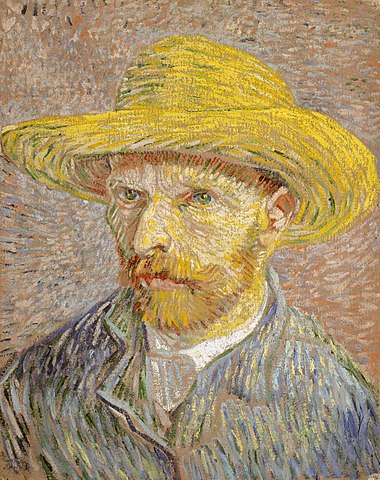
Vincent Van Gogh is considered to be among the greatest painters of the Post-Impressionist era. He often focused on flowers and other natural scenes in his works, but it was van Gogh’s use of color that captivated many viewers and critics alike.
One of the most-visited pieces of artwork at the Met is a van Gogh painting from 1887. This work was one of a short series of paintings that the artist did in the same year depicting himself wearing the straw hat, which was portrayed in a vibrant yellow coloring.
Unlike other Post-Impressionist painters, van Gogh was known to have painted dozens of self-portraits during his short career.
9. Bain à la Grenouillère – Claude Monet
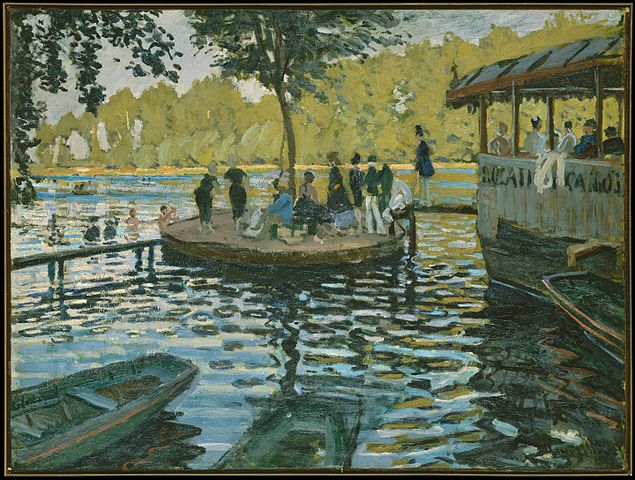
Claude Monet is often referred to as the father of the Impressionist movement and many of his works are considered the most influential of the movement as a whole.
He often created paintings that depicted people enjoying everyday leisure activities and one of these great paintings is currently on display at the Met.
This painting is titled Bain à la Grenouillère and was completed early in Monet’s career in 1869. The painting displays his masterful use of color and it is one of the most vaunted works depicting the popular getaway location in France that was known as “Flowerpot Island.”
The small, but minute brushstrokes used by Monet come together to form a highly-realistic and, yet Impressionist view of this popular destination.
10. View of Toledo – El Greco
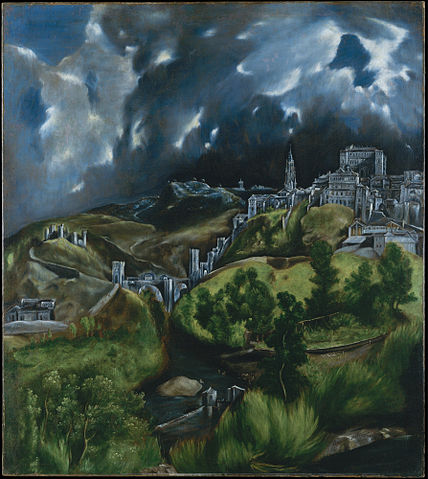
Domḗnikos Theotokópoulos is, perhaps, the most famous Greek artist in history and is commonly referred to a El Greco by art enthusiasts and critics alike.
Many of El Greco’s paintings depicted landscapes and cityscapes with a vast, expansive view that would eventually be one of the signature characteristics of the artist’s painting style.
For true art aficionados, one of the most impressive and sought-after paintings in the Met is a work done by El Greco near the end of his career at some time between the year 1596 and 1600.
The painting depicts the city of Toledo, but it is the dark and heavily-clouded sky that typically captivates viewers of the work.

